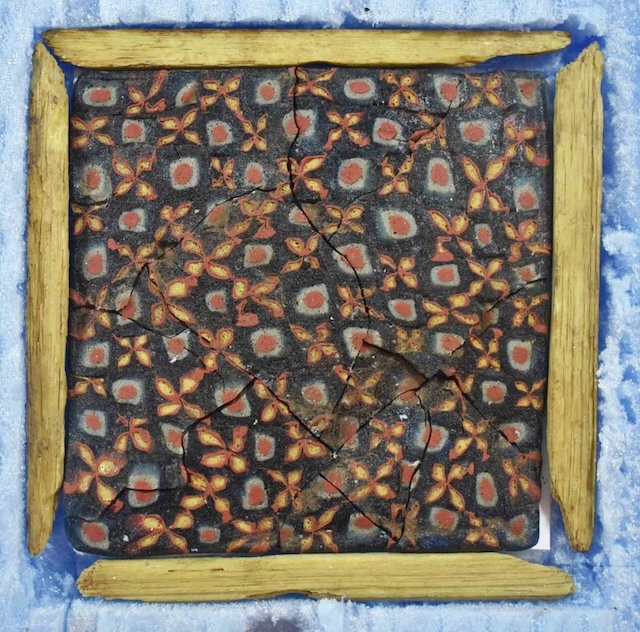Archaeological excavations in Myra, located in the ancient city and its harbor, Port Andriake in southwestern Turkey, have unearthed an astonishing collection of millefiori glassware dating back to the 5th century. The discovery of hundreds of glass fragments, some of which have been painstakingly pieced together, has sparked significant excitement among researchers. This millefiori glass discovery is unprecedented in Turkey, both in terms of quantity and the sheer beauty of the artifacts.
The Discovery at Myra
During excavations in Myra, archaeologists uncovered hundreds of glass pieces from the 5th century, including complete and nearly complete millefiori plates. These plates, approximately four inches square, showcase the intricate glassworking technique known as millefiori, which involves layering glass canes of varying colors and fusing them to create beautiful, colorful patterns. Every single piece is unique, with kaleidoscopic floral and geometric designs that reveal the artistic mastery behind this ancient technique.
What makes this discovery particularly remarkable is that, until now, millefiori glass had not been found in Turkey in such quantities. References to one or two millefiori artifacts have been noted in previous research, but the physical objects themselves remained elusive. Uncovering not just one but hundreds of these glass plates represents an unparalleled archaeological find in the region.
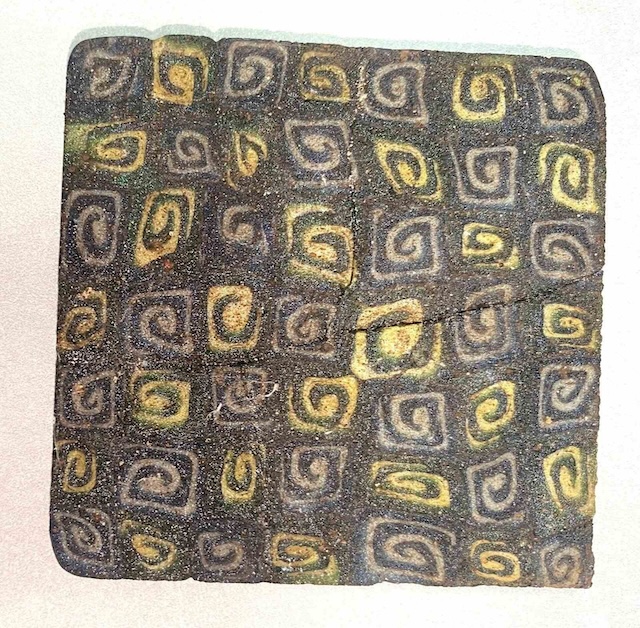
The Millefiori Glass Technique
Millefiori, which translates to “a thousand flowers” in Italian, is a technique that dates back to the 1st century AD and has continued to be a popular form of glasswork through the centuries. The process involves carefully arranging tiny, colorful glass rods by hand, layering them to form complex designs, and then fusing them together through heat. The result is a stunning explosion of colors and patterns, with each piece boasting a one-of-a-kind design.
The uniqueness of every millefiori plate stems from both the arrangement of the rods and the randomness introduced by the fusion process. This individuality adds to the allure of the glasswork and makes each discovery a precious artifact, offering insight into the craftsmanship and artistry of ancient glassmakers.
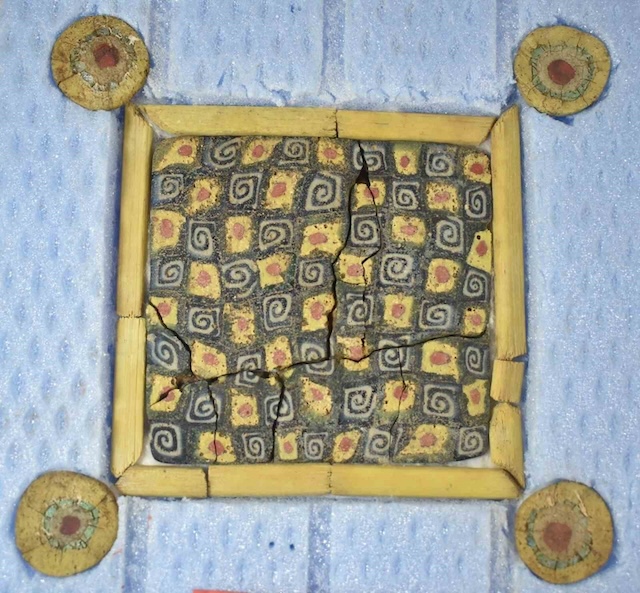
Where the Millefiori Glass Was Found
The plates and fragments were discovered in room 42 of the customs area of the agora at Andriake’s harbor. This room, located at a key corner near the main granary, likely had an administrative function within the port. Archaeologists believe that the millefiori glass pieces were used as decorative elements on the walls of this building, along with other glass and stone elements.
In addition to the millefiori glass, the team uncovered opus sectile – a decorative technique involving cut marble and stone forming mosaic patterns and figures. Some of the opus sectile pieces depict birds, camels, and saints, with the latter being unique to the archaeological record in Turkey. These discoveries indicate that the building may have been lavishly decorated, reflecting the importance of the customs office in the port.

Dating the Glass and Evidence of Local Production
The dating of the millefiori glass was established through the presence of other objects found in the same layer of the excavation site, including coins and ceramics from the 5th and 6th centuries. These accompanying artifacts provide a clear timeline for when the millefiori glass was in use.
Further evidence suggests that the glass was not only imported but also produced locally. Archaeologists found glass rods that had not yet been cut, layered, or fused, indicating that the millefiori technique was practiced at the site. This revelation challenges the prevailing belief that such advanced glasswork and decorative techniques were limited to larger centers within the Roman and Byzantine Empires.
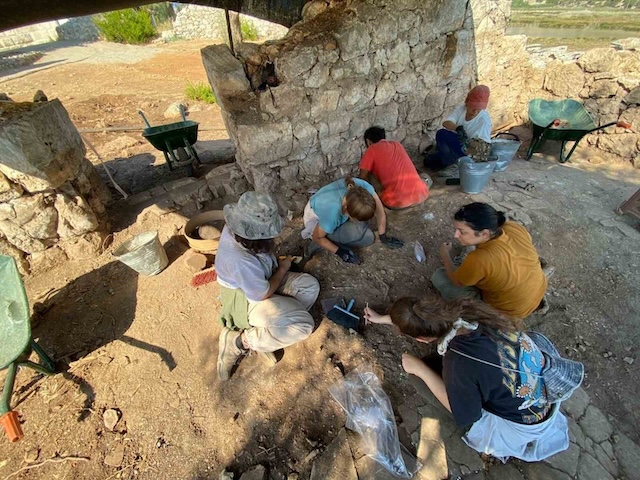
Implications for Trade and Communication Networks
The discovery of millefiori glass at Andriake raises intriguing questions about the trade networks and cultural diffusion in the region. The presence of such sophisticated glasswork in what was considered a more remote area suggests that Myra and its harbor were connected to a broader network of trade and communication during the Roman and Byzantine periods. This discovery shows that smaller cities like Andriake were capable of adopting and utilizing advanced decorative techniques, previously thought to be the domain of larger, more central hubs of the empire.
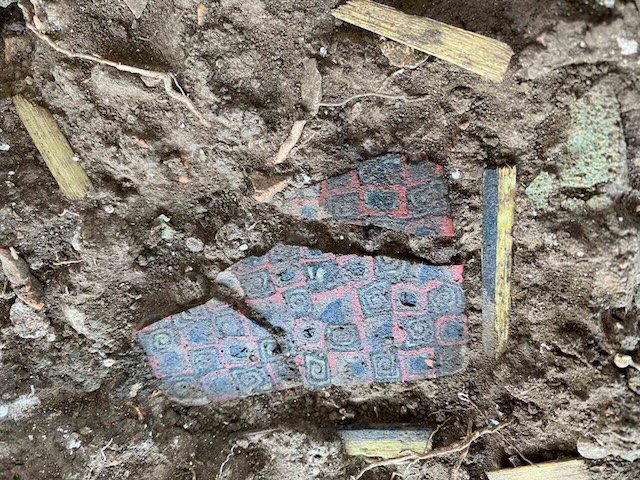
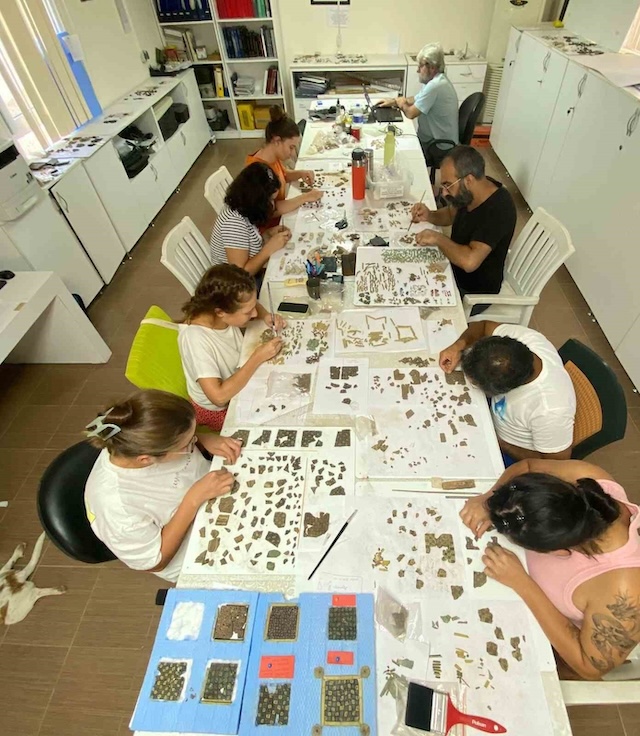
Conclusion
The 5th-century millefiori glass found in Myra is a groundbreaking discovery, shedding new light on the artistic and cultural exchanges that took place in ancient Turkey. With hundreds of fragments unearthed, some already restored to near-complete plates, this find represents an unparalleled addition to our understanding of ancient glassmaking and trade in the region. The beauty and uniqueness of every millefiori piece continue to captivate researchers and emphasize the importance of preserving and studying these ancient treasures. The findings from Myra not only enrich the archaeological record but also offer a glimpse into the complex and interconnected world of the Roman and Byzantine Empires.
